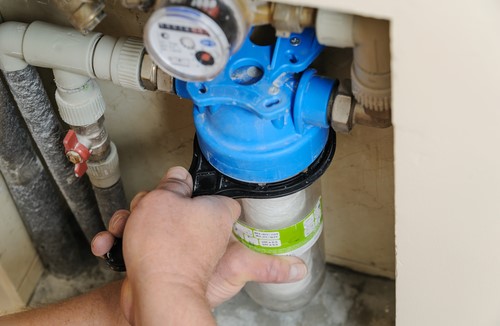The old garbage dumps of days gone by are no more. Today’s waste disposal solutions are increasingly sophisticated. Environmental regulation, recycling, and the development of plastics – of all things – have contributed to far more tightly managed landfills, with goals inching towards zero waste.
Garbage dumps used to be large holes, usually on the edge of town, where garbage could be buried. While this was an improvement on how people have historically dealt with their trash – by throwing it out the window, into rivers and fields, or alongside the road – it was still a health hazard, an increasingly offensive thing as populations grew, and an environmental burden.
In the United States, the Resource Conservation and Recovery Act, passed by the US Congress in 1976, changed how garbage is processed, managed and stored. The garbage dumps of the past were simply places where garbage was buried. Today’s landfills are much more complexly engineered sites.
They are extensively planned locations that are constantly monitored. This move toward increasingly more environmentally sound methods has also increased the efficiency of these sites. Before selecting a site for a landfill, city planners must work with engineers to determine what the effects a landfill will have in the long term.
An additional safety measure came when the EPA examined using alternative materials for landfill “daily cover”. Landfills are required to be covered at the end of each working day, and the original method was to use a layer of soil. This was obviously wasteful of resources, and used up the landfill quickly.
Since the EPA report in 1993, landfills and state regulations have increasingly adopted alternative daily cover (ADC), typically turning to geosynthetic materials such as polyethylene and PVC, which work well both to contain and to filter, and can be manufactured in very large and custom-fitting sheets.
Geomembranes and geotextiles (the “geo” part simply means working with the land) had already been used as part of the liner underneath the landfill. It now became possible to use them as the top cover also.
Landfill Bottom Liners and Top Covers
One of the biggest issues surrounding landfills is their impact on the environment, particularly the potential of contaminants reaching the groundwater supply. To prevent this, a bottom liner is used. While it is well known that placing large qualities of garbage in one location can have long lasting consequence, scientists and engineers continue to work toward better solutions that are more environmentally friendly.
The EPA constantly works to regulate how landfills are designed and managed so that any new discoveries of more environmentally friendly methods can be incorporated quickly. Currently for landfill liners, it requires multiple layers of materials be used for landfills.
The underlying liner of new landfill sites will often consist of a soil or clay layer combined with a geotextile – a synthetic permeable membrane that screens solids out from the ever-present liquid descending from the trash, the “leachate”. This liquid is a severe pollutant and is contained and directed to a treatment process by yet another geosynthetic layer, this one impermeable. And underneath this layer will often be another impermeable layer of dense clay.
Landfill daily cover used to be almost as elaborate, taking 6 inches of soil or clay for each day’s landfill cap. With the continued improvement of geosynthetic materials, these over-engineered solutions can be replaced by a more plastic material. Landfill covers made of a synthetic reinforced polyethylene can create greater safety for the environment, combined with being easier to use, and less costly than other alternative daily covers. They can also be re-used.
Daily cover must contain gasses generated by the garbage, control odor and dust, minimize windblown litter, discourage birds, and prevent pests and the spread of disease. Geomembranes do all these things very well, as well as reducing fire risk, improving community tolerance of the landfill, and most importantly, shedding surface water efficiently – thus avoiding adding to the leachate.
The light yet tear-resistant qualities of geosynthetic materials make them easy for operators to install. To further reduce the risk of tears or holes, manufacturers can create the liner in very large or even one piece to fit the landfill size.
The benefit of using this type of cover is that it reusable. This saves cities a lot of money. Also, because operators don’t have to add additional materials to landfill, the lifespan of the site is extended. The combination of a good landfill liner and an alternative daily cover significantly decreases the long term impact the landfill has on the environment.
The federal government provides oversight of landfill operations to ensure that improvements are made Landfilthat make them more environmentally friendly. This involves tracking recycling and composting efforts. Both government and operators are also exploring ways of generating energy from waste processes.
The United States generates 262.4 metric tons of solid waste each year. That number has grown each year – but efforts in recycling and composting have caused it to plateau, and since 2005, the growth has been minimal.
Bottom Line
Landfills are becoming better about preserving the environment. Their efforts, coupled with increased recycling efforts, are improving how waste is managed in the United States. The development of synthetic materials for landfill liners and alternative daily cover has significantly advanced the design and management of landfills.










